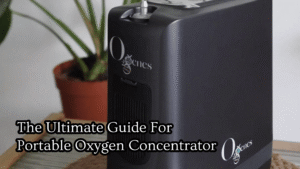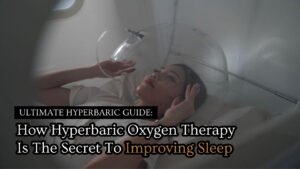Ischemic stroke, a leading cause of adult disability worldwide, results from reduced blood flow to the brain, leading to the deprivation of oxygen and nutrients in critical areas. The consequences can be devastating, often leaving individuals with functional impairments that affect their daily lives. Hyperbaric oxygen therapy (HBOT) has garnered attention as a potential intervention to mitigate the impact of ischemic stroke on functional abilities. This discussion delves into the investigation of the effect of HBOT on functional impairments caused by ischemic stroke, offering insights into its mechanisms and implications.
Background: While research suggests a benefit of hyperbaric oxygen therapy (HBOT) for neurologic injury, controlled clinical trials have not been able to clearly define the benefits.
Objective: To investigate the effects of HBOT on physical and cognitive impairments resulting from an ischemic stroke.
Methods: Using a within-subject design a baseline for current functional abilities was established over a 3-month period for all subjects (n=7). Each subject then received two 4-week periods of HBOT for a total of 40 sessions of 90-minute treatments over a 12-week period. Subjects completed a battery of assessments and had blood drawn six times over the 9-month total duration of the study.
Results: We found improvements in cognition and executive function as well as physical abilities, specifically, improved gait. Participants reported improved sleep and quality of life following HBOT treatment. We also saw changes in serum levels of biomarkers for inflammation and neural recovery. In the functional domains where improvement was observed following HBOT treatment, the improvements were maintained up to 3 months following the last treatment. However, the physiological biomarkers showed a pattern of more transient changes following HBOT treatment.
FAQs
Q1: What is hyperbaric oxygen therapy (HBOT)?
A1: HBOT is a medical treatment involving the inhalation of pure oxygen within a pressurized chamber, typically at higher-than-normal atmospheric pressures. It aims to increase oxygen supply to tissues throughout the body.
Q2: How does HBOT work in the context of ischemic stroke and functional impairments?
A2: The mechanisms of HBOT are complex and not fully understood, but it is thought to enhance oxygen delivery to oxygen-deprived brain tissue, reduce inflammation, promote neuroplasticity, and improve recovery from stroke-related impairments.
Q3: What types of functional impairments can result from ischemic stroke?
A3: Ischemic stroke can lead to a range of functional impairments, including motor deficits, speech and language difficulties, cognitive challenges, and more. These impairments can vary in severity depending on the location and extent of brain damage.
Q4: Is HBOT considered a proven treatment for functional impairments after ischemic stroke?
A4: While research into the use of HBOT for post-stroke functional impairments is ongoing, it is not yet considered a proven treatment. Results from studies vary, and the efficacy of HBOT in this context is still a subject of investigation.
Conclusions:
Findings from this study support the idea of HBOT as a potential intervention following stroke.






